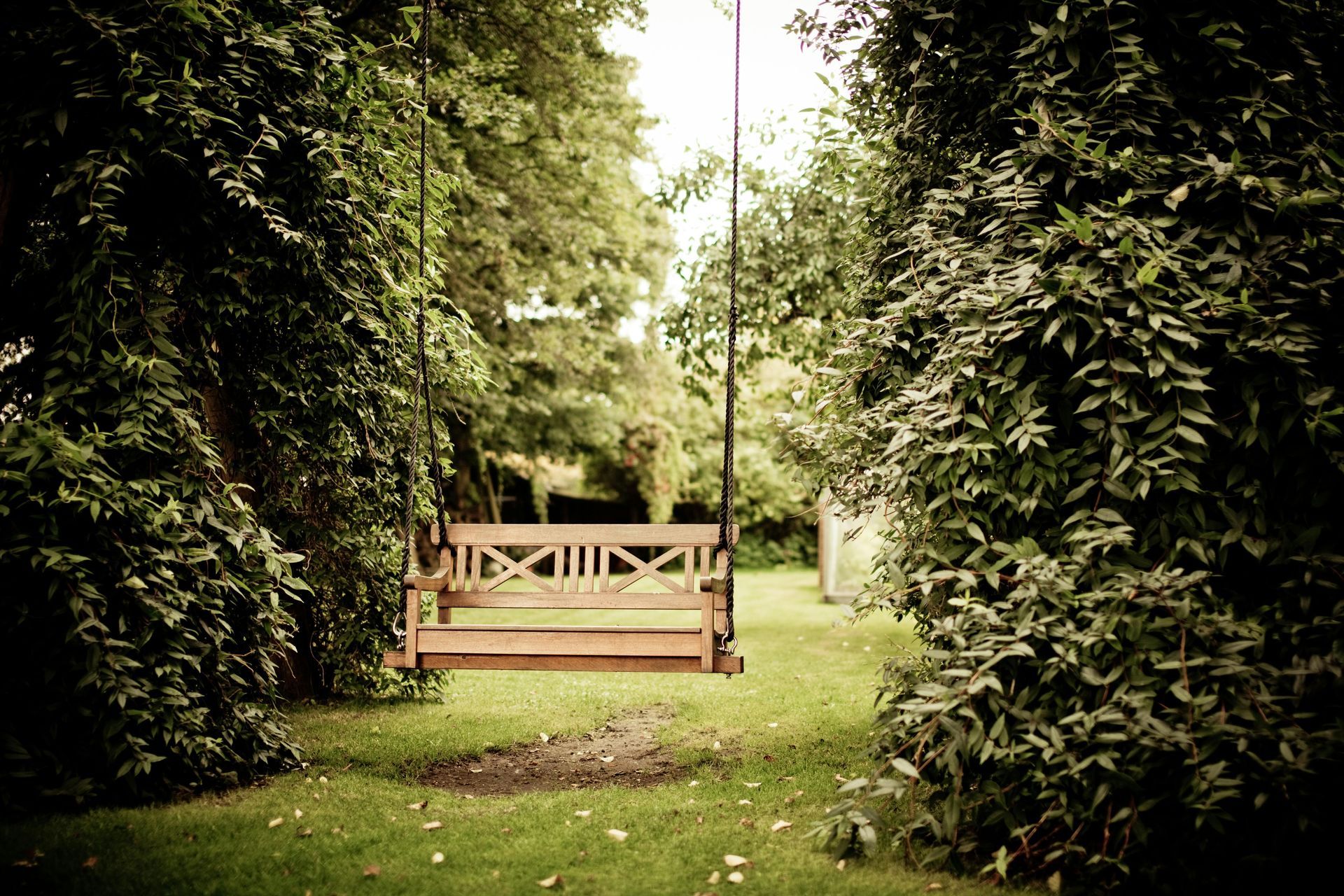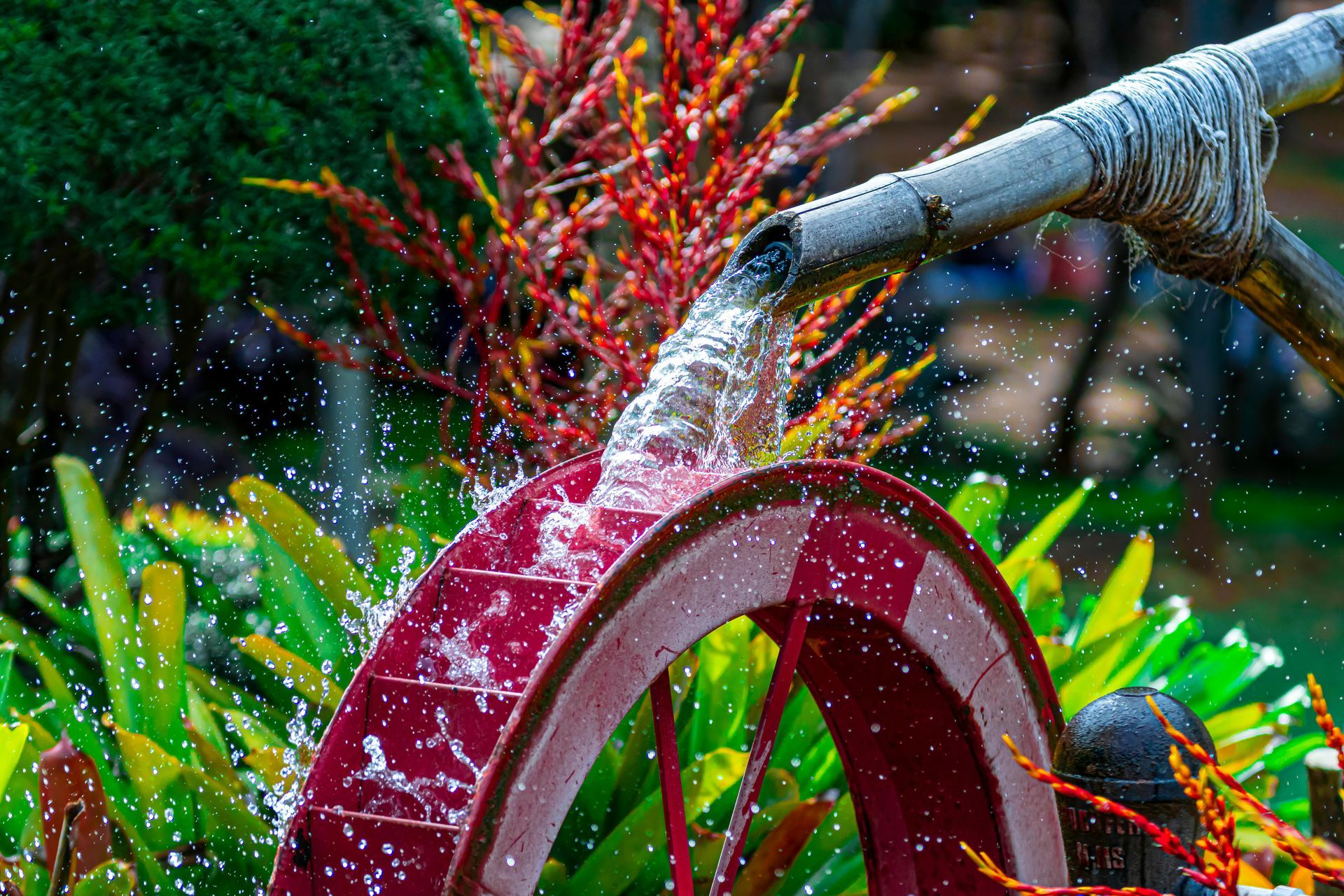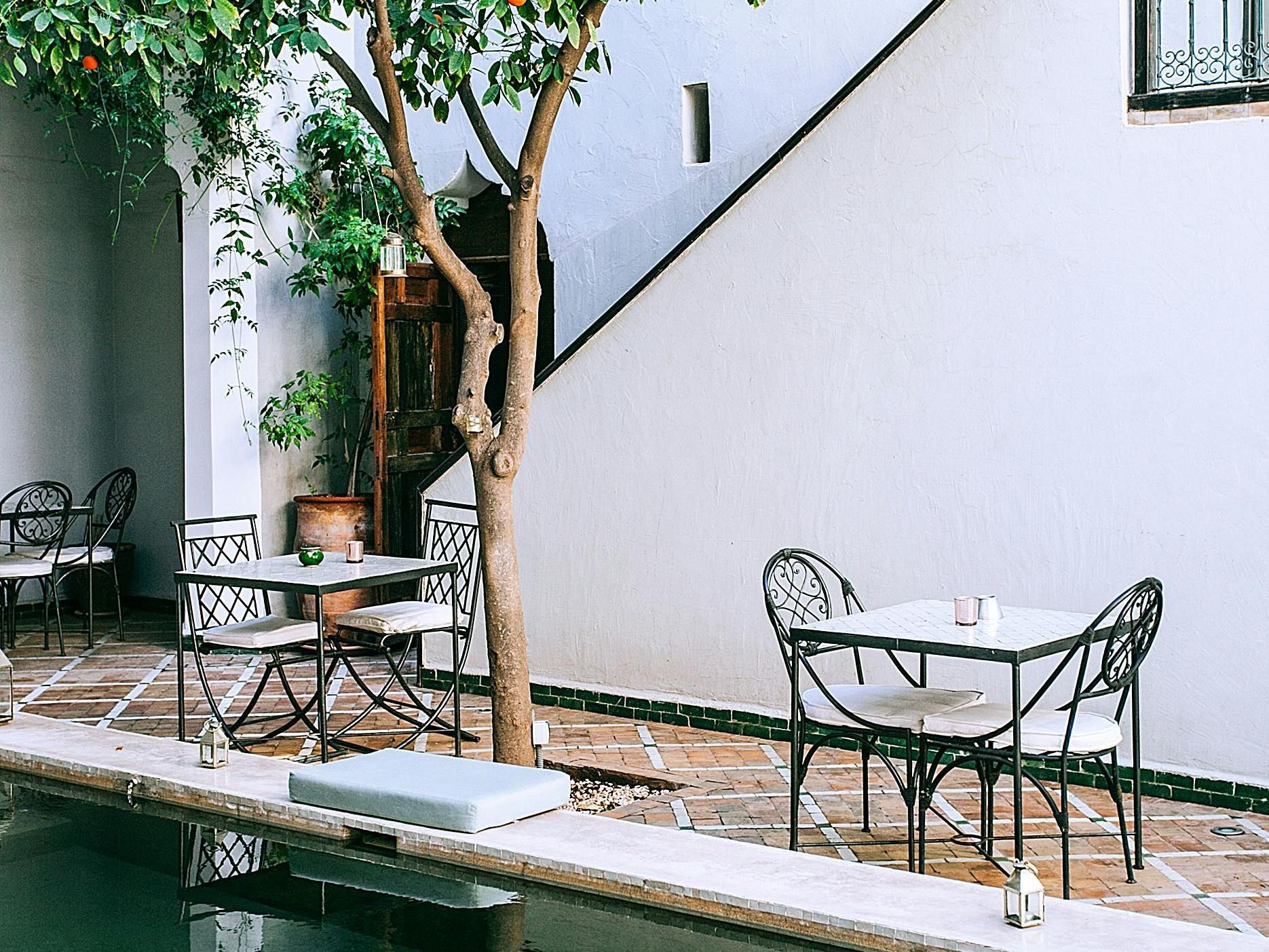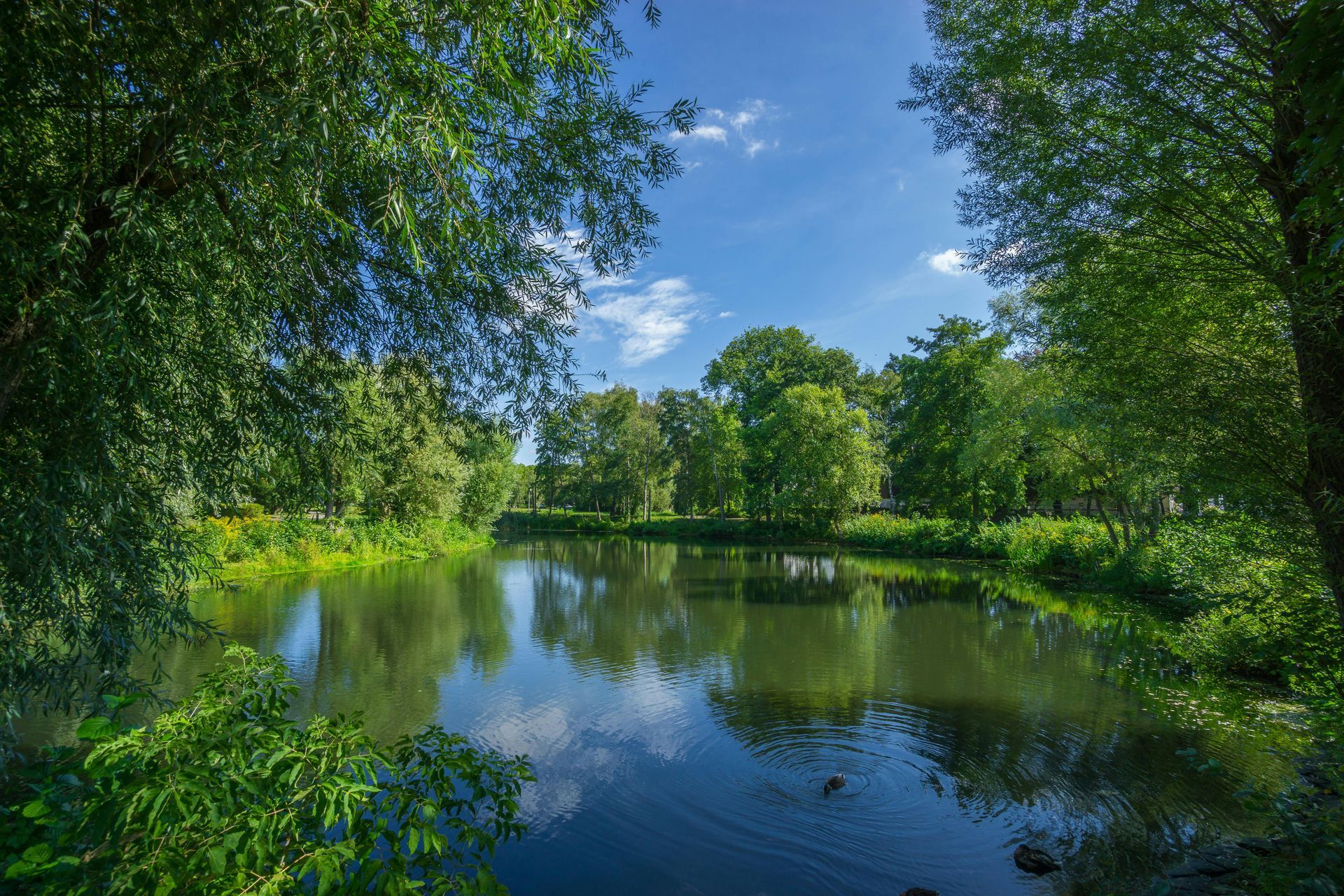Episode 23 - Nigel George of Artecology
Marrying Art and ecology for the benefit of wildlife !
About the podcast...
In this podcast we explore innovative approaches to addressing ecological challenges with creative solutions. In a recent episode, we had the pleasure of interviewing Nigel George, the head of R&D at ARC’s subsidiary Art Ecology, a pioneering initiative at the intersection of art and science dedicated to addressing biodiversity loss and climate change.
Transcribed podcast
In this episode of the Biodiversity Podcast by Teasels, host Daniel interviews Nigel George of Articology, a subsidiary of ARC Biodiversity and Climate, to discuss their innovative approach to addressing biodiversity loss. Nigel explains that Articology combines art and science under the domain of ecoengineering to solve world issues related to biodiversity loss. Despite being a small organization with only five full-time employees, they operate out of the Isle of Wight World Biosphere Reserve and have significantly impacted the field through their unique approach.
Nigel explains the origins of Articology, highlighting its formation about 10 years ago in response to biodiversity loss exacerbated by sea defenses. With a background in zoology and art, Nigel pivoted to founding an arts collective around the turn of the century, which ultimately led to the partnership with ARC. One of their first projects tackled the loss of intertidal habitats due to sea level rise. Nigel and his co-director Ian Boyd conceptualized sculptural objects to create new habitats on seawalls, which successfully supported rockpool life.
Nigel delves into their collaboration with Bournemouth University, where Dr. Alice Hall conducted research that confirmed the effectiveness of their designs in boosting biodiversity. This successful academic partnership has led to further collaborations with universities across the UK, underscoring the importance of academic validation in their work.
The conversation also touches on the broader implications of their work, including the principles of complexity, pattern, and texture in creating habitats. Nigel mentions their approach's educational and public engagement aspects, using artistic principles to draw attention to their ecological functions. He emphasizes the importance of integrating biodiversity into urban landscapes, making comparisons to the work of John Little, who similarly focuses on creating complex ecological habitats in urban settings.
Nigel discusses the concept of 'Shaping Better Places,' a framework they use for their projects, which aims to make human habitats more ecologically and socially enriched. This entails creating critical ecological connections at specific distances, ensuring both humans and wildlife can thrive. He highlights the necessity of changing the current unsustainable practices in urban planning and construction, advocating for designs that are both functional and biodiverse.
Throughout the interview, Nigel shares insights into the challenges and opportunities of working within a capitalist system that often prioritizes economic metrics over sustainability. He speaks about the difficulties in shifting corporate and policymaking mindsets towards genuine sustainability, stressing the importance of authentic ecological integration rather than superficial greenwashing.
The episode provides a comprehensive look at how small, interdisciplinary teams can create significant ecological impacts through innovation, collaboration, and a commitment to sustainability and better urban design.





